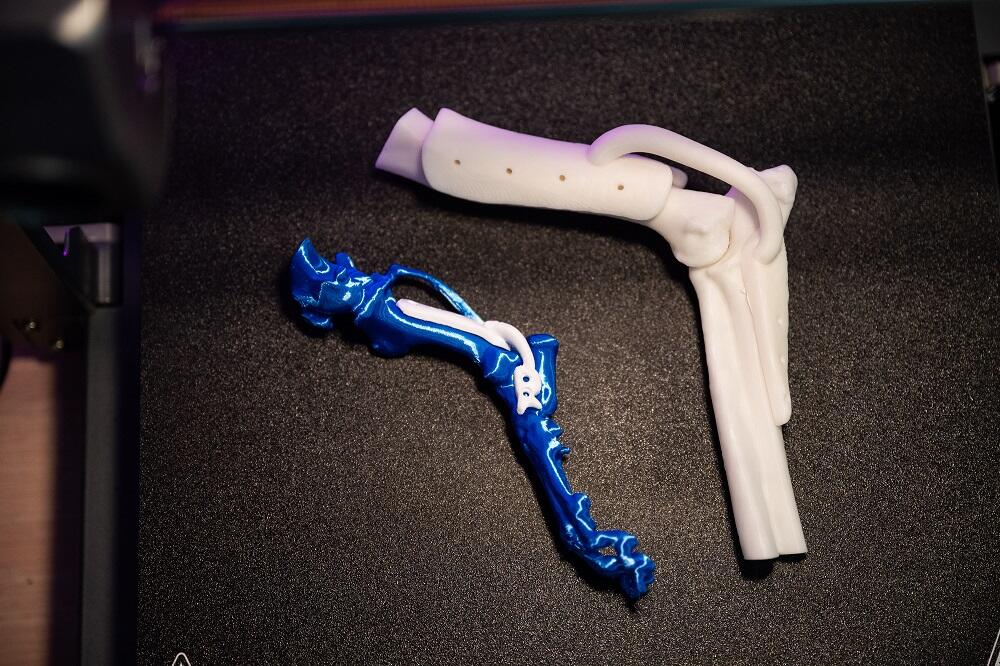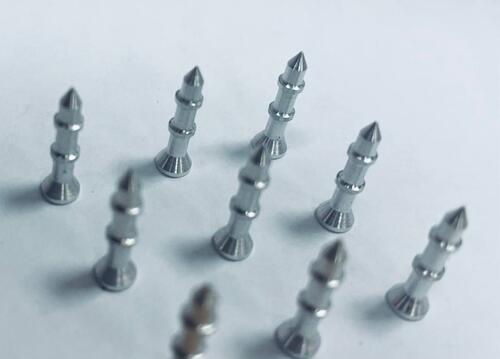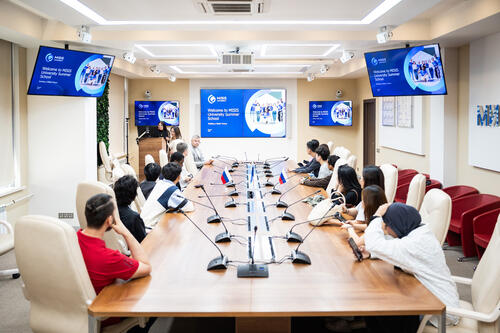Scientists from Russia, Sweden, France and Slovenia completely refuted the classical theory of geomagnetism by revealing a serious mistake in the calculations of their American colleagues.

In January 2015, US material scientists Ronald Cohen and Peng Zhang from the Carnegie Institution of Washington and Kristjan Haule from the State University of Rutgers (New Jersey) published in the magazine Nature an article titled, “Effects of electron correlations on transport properties of iron at Earth’s core conditions.”
They maintained that the new theory of the formation of the Earth’s magnetic field adopted after 2012 was inconsistent. Their computer-simulated calculations confirmed the classical theory of the magnetic field’s formation — magnetic fields are generated by the core’s thermal convection. It transpired that the core’s heat conductivity was not as high as followed from the first theoretical calculations in 2012. The article’s publication created a stir in the scientific community and popular science media. The formation of the Earth’s magnetic fields began to be explained again by the classical theory of thermal convection.
A team of scientists from the National University of Science and Technology MISIS (Moscow, Russia), Linköping University (Linköping, Sweden), Jožef Stefan Institute (Ljubljana, Slovenia) and École Polytechnique (Paris, France) headed by Professor Igor Abrikosov found a mistake in the calculations of their American colleagues who accepted the criticism and recalled their article from the magazine in April 2016. The classical theory was discarded again.
said Professor Igor Abrikosov, Head of the Research Team, Head of the NUST MISIS Materials Modeling and Development Laboratory, Professor of Linköping University.
“NUST MISIS Materials Modeling and Development Laboratory was launched in 2014. A group of scientists led by world-renowned scientist and Professor Igor Abrikosov has achieved impressive results. By using the NUST MISIS supercomputer, the group of scientists headed by Professor Abrikosov decreases the period of essential solutions development in the field of materials science”, said Alevtina Chernikova, Rector of NUST MISIS.
Now scientists will have to return to the 2012 calculations showing that the heat convection cannot generate the Earth’s magnetic field. The discussion of the planet’s thermal history remains open.
Igor Abrikosov is in charge of the NUST MISIS Materials Modeling and Development Laboratory and the head of the laboratory of theory and modelling of the Department of Physics, Chemistry and Biology at Linköping University, Sweden. He heads the working group of Europe’s largest scientific community Psi-k. NUST MISIS is conducting promising research in modelling materials with his participation.
Abrikosov won the Russian Government’s mega-grant competition in


